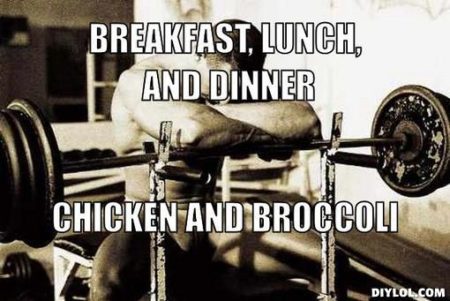
Kaiseki for Fat Loss!
In the American culture, 1 out of 3 is either obese, diabetic, or has some form of dietary problem.
The Asian culture rarely has issue with obesity, diabetes, or metabolic dysfunction… ever wonder why?!
While i can not say definitively why that is… an educated guess would say that it has a lot to do with their eating habits/practices.
Kaiseki – a style of traditional Japanese cuisine in which a series of very small, intricate dishes are prepared.
Think Japanese hibachi restaurant.
Unfortunately we have Americanized the experience, but you get the point!
In Kaiseki, the main goal is to eat until satisfied; not until full. This helps to minimize overeating and taking in excess calories, which aids in weight management and even fat loss. The sequence is as follows
- Soup or broth
- vegetables and protein
- starchy carbs
Also, these small intricate dishes are consumed in a sequence that helps improve digestion, as well as helps to maintain a lower blood-glucose level after the meal is over. Both of these are two very important keys to fat loss.
While the typical meal today is not served with this approach in mind there is one key take away that can be used in practice to aid with keeping the pounds off and keeping the waistline small.
In every meal……. SEQUENCE YOUR MACROS and EAT CARBS LAST
Meal Sequencing
Meal sequencing refers to the order in which the macronutrients in a meal are eaten. Macronutrients are protein, fats and carbohydrates, as opposed to micro-nutrients which are vitamins and mineral.

It is suggested that it may be beneficial to eat protein and/or fat before eating carbohydrates. This promotes the secretion of glucagon-like peptide-1 (GLP-1) from the gut as well as improving secretions of insulin and glucagon and delaying gastric emptying. GLP-1 suppresses the appetite by acting on the hypothalamus via the vagus nerve (1). The delayed gastric emptying means you feel full for longer
That said, eating foods rich in saturated fat from animal products, before carbohydrate increases secretions of GLP-1 as well as another chemical that promotes energy storage in fat tissue and may lead to weight gain in the long term.
This is where “eating clean” comes into play. If you are able to, choose leaner cuts of meat (>93%). If not, trim the fat whenever possible.
DON’T FORGET THE FIBER
Guys! Vegetables are high in fiber. Yes, vegetables do contains some trace amount so of carbohydrates, but their primary purpose in a meal is fiber. Stick to the green leafy veggies as much as possible. Also, its not a bad idea to add a little color to the plate by adding in peppers and onions.
A useful scientific fact to know is that dietary fiber intake before carbohydrate intake significantly reduces postprandial glucose levels and may help with weight loss even though it doesn’t raise GLP-1.

FIBER, PROTEIN AND FAT TOGETHER
To maximize the benefits to blood sugar and to avoid weight gain try eating a combination of fiber with protein and/or fat before eating carbohydrates (1). This is a useful and practical strategy for anyone with blood sugar problems, type 2 diabetes or a tendency to gain weight.
FINALLY THE CARBS
I will make this simple. Stick to starchy carbs such as rice (brown or white) and potatoes (red, white or sweet). Eat enough to meet your satisfaction but there is no reason to “clean the plate” so to speak. The only time i would recommend cleaning the plate is right after a good workout session! As long as you are within your caloric intake for the meal/day of course.
THE TAKEAWAY…
In today’s society where burgers and fries are the popular meal type, it is more difficult to maintain this type of practice when eating. I said difficult NOT impossible. While perfection is not necessary, consistency is. Meal prep as much as possible and stick to eating those carb sources last in those meals. This simple trick will make a huge difference. When it comes to eating out socially, those meals will be more rewarding. Let us know if this helps you! Eat Smart! Train Hard!
REFERENCES
1. Nutrients. 2020 Aug 19;12(9):E2502. A Review of Recent Findings on Meal Sequence: An Attractive Dietary Approach to Prevention and Management of Type 2 Diabetes. Kubota S et al.







You ought to take part in a contest for one of the best websites on the net. I am going to highly recommend this website!